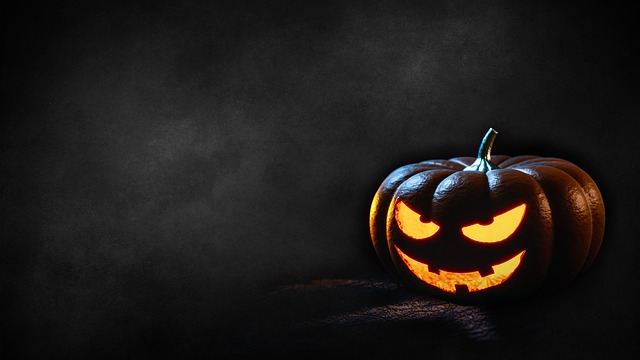
Once again as the nights draw in and the clocks go back, we are approaching the 31st October. And this means only one thing. Halloween! This popular festival seems to grow each year, being widely celebrated in many countries now around the world. But why do we carve pumpkin lanterns, dress up in scary costumes or tell creepy stories? What are the roots of this tradition and the different elements connected to it?
The Supernatural Link
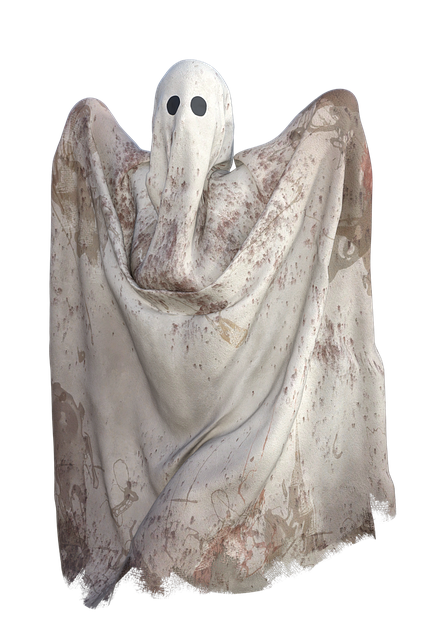
Halloween can be traced back to the ancient Celtic festival of Samhain. The Celts lived across Britain, Ireland and northern France and believed that Samhain marked the end of summer and the beginning of the dark cold days of winter. Samhain also symbolised to them the boundary between the worlds of the living and the dead. It was believed by the Celts that on this night the ghosts of the dead would return to the world of the living.
The Pumpkin Lantern
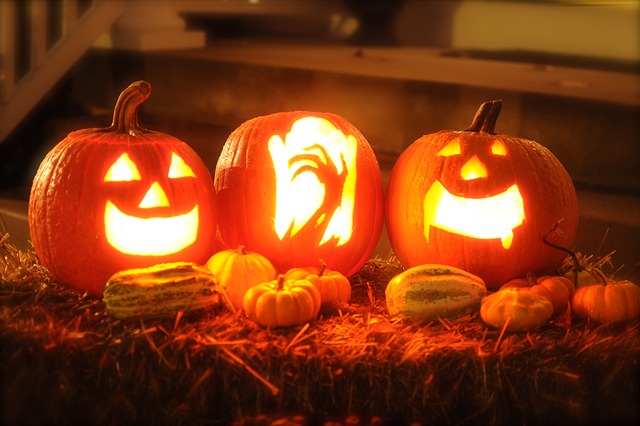
In Celtic times large bonfires were lit in each village in order to ward off any evil spirits that tried to return to the earth along with friendlier spirits. Later, these fires became lanterns made from turnips. When British and Irish immigrants began to celebrate Halloween in the USA pumpkins were used instead. Now, no home is complete without a scary faced pumpkin lantern keeping guard in the window.
Halloween Costumes
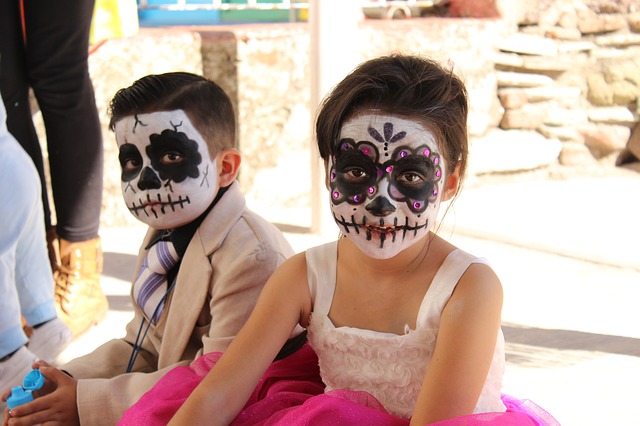
This tradition goes back to Celtic times again and their belief in the dead returning on this night. In addition to lighting fires for protection against evil spirits, the Celts also disguised themselves by wearing masks. They believed that if an evil spirit couldn’t recognize someone, they couldn’t harm them. Over time this evolved into full costumes, usually with some connection to the Supernatural. Today Halloween costumes are a multi-million pound industry for shops and online retailers, both in the UK and USA.
Apple Bobbing
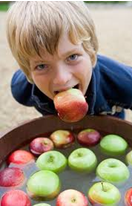
This popular Halloween game is thought to date back to the Romans. When the Romans invaded Britain, they brought many of their customs and traditions with them. Young people of marriageable age in a village would often ‘play’ apple bobbing. Those who managed to bite an apple floating in a bowl of water and retrieve it, without the use of their arms, would be declared the winner. This would then mean that they would be the next person allowed to marry in the local community.
Trick or Treating
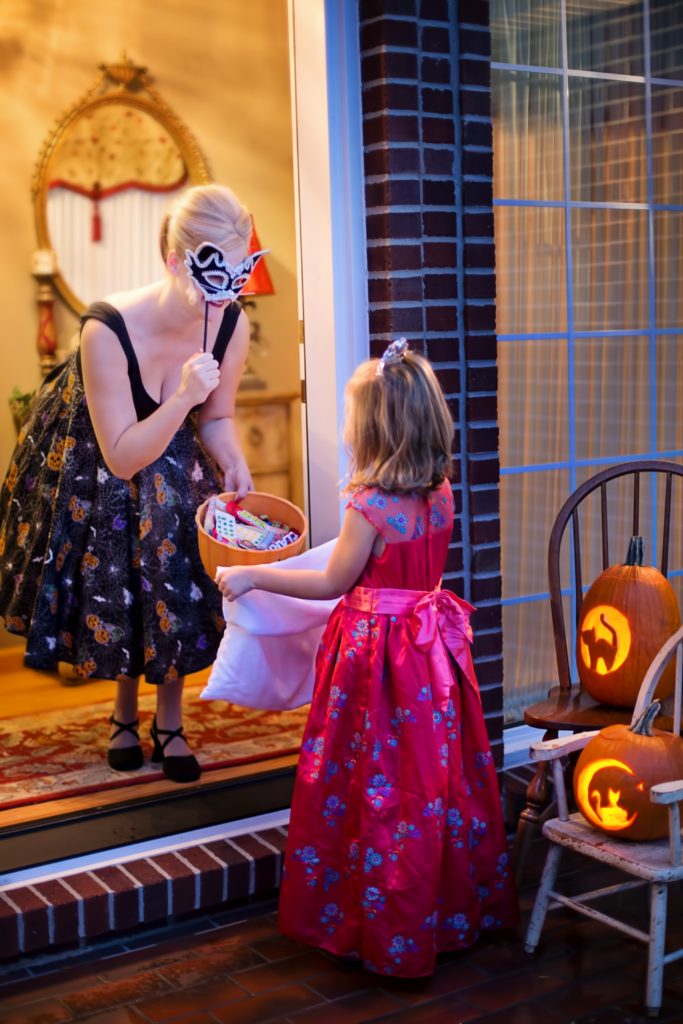
This popular activity stretches back to 16th century Britain and Ireland. At this time of year groups, mainly of men, would go out ‘mumming’ or ‘guising’. This would involve disguising themselves in costumes and visiting houses in their village. The ‘guisers’ would then sing songs or recite rhymes and as a reward, be given something to eat. This act of kindness would also bring good luck to the household. If the ‘guisers’ were not rewarded, it was said bad luck would befall the house. Later, those not rewarded would ensure bad luck arrived a little faster by carrying out some small act of mischief. This was the forerunner of the trick in ‘Trick or Treat’.
Halloween Resources:
Take a look at our FREE Halloween worksheets at Blackhen Education.
For more information on Halloween:
Books:
Trick or Treat by Lisa Morton
Hollow Places by Christopher Hadley
